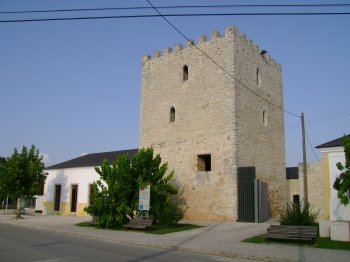Explore the best places
Monuments in Ansião
Moinhos do Outeiro
- heritage
Outeiro
3240, Outeiro
Set of wooden mills, with panoramic views of the Serra do Sicó.
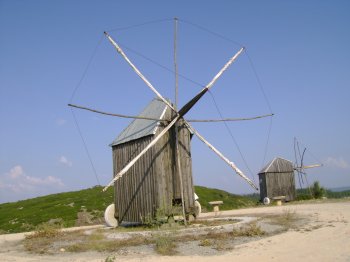
Moinho de Melriça
- heritage
Melriça
3240, Melrica
Set of rotating wooden windmills, typical of the region, with stunning panoramic views of the Serra do Sicó.
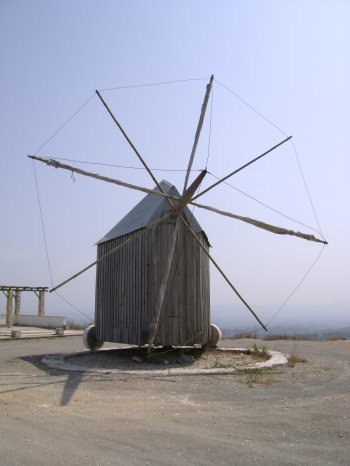
Moinho Anjo da Guarda
- heritage
Pousaflores
3240, Pousaflores
Old wooden mill, with stunning views of the surrounding mountains.

Pelourinho de Ansião
- heritage
Rua Doutor Adriano Rêgo
3240-126, Ansião
Pillory with a polygonal base and a shaft divided into two parts. The first is polygonal and the second smooth, featuring a royal shield.
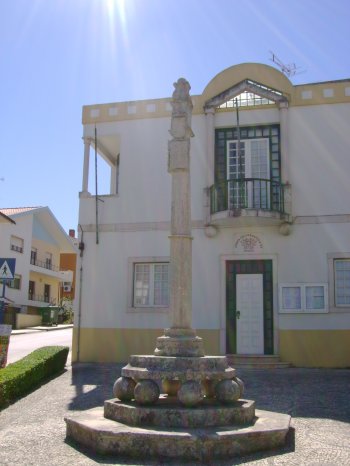
Igreja de Nossa Senhora da Graça / Igreja Matriz de Torre de Vale de Todos
- heritage
Rua Nossa Senhora da Graça
3240-709, Torre
Baroque church with a single nave, covered by a wooden ceiling, main chapel and side chapels. The gilded altarpieces are in the national style with columns covered in acanthus leaves, vines, birds of paradise and little angels.

Capela de Nossa Senhora da Paz
- heritage
Constantina
3240-215, Ansião
Mannerist chapel with a single nave with side chapels, lit by small windows, which contrast with the sobriety of the nave.
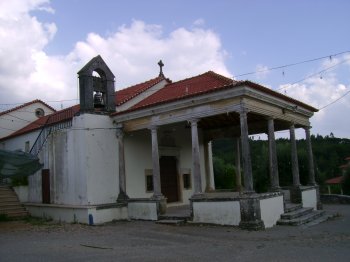
Igreja da Misericórdia da Alvorge
- heritage
Rua David Miguel Namora
3240-402, Alvorge
18th century church, with a small churchyard delimited by a fenced wall, dating from 1908, opened by two doors, which give access to the church and the old hospital building.
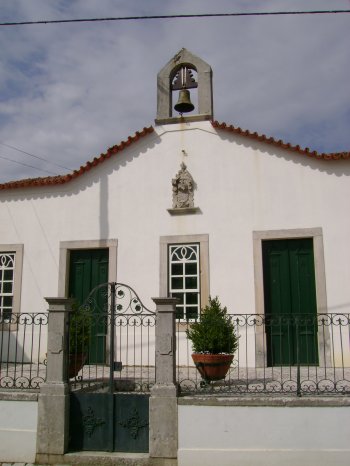
Igreja da Misericórdia de Ansião
- heritage
Praça do Município
3240-143, Ansião
Baroque church, with a single nave and vaulted main chapel. The main façade is crowned by a bell arch and baroque portal. Inside is the tomb emblazoned with the Counts of Vila Nova.
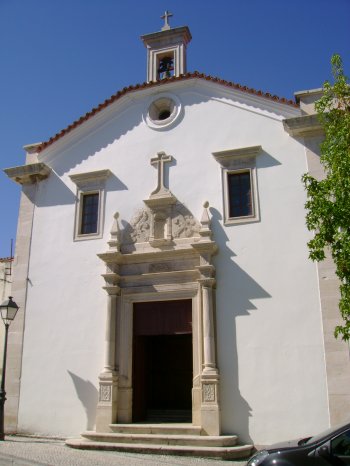
Ponte da Cal / Ponte de Ansião
- heritage
Rua Rainha Santa Isabel
3240, Ansião
Wide and robust bridge made up of two full arches, with a slightly pronounced trestle deck.
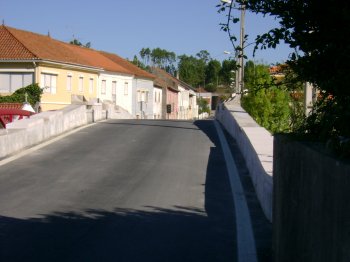
Complexo Monumental de Santiago da Guarda
- heritage
Rua Conde Castelo Melhor
3240-690, Santiago da Guarda
Monumental set where the transition from the tower-housing to the fortified palace with courtyard and attached outbuildings is clear, built on a Roman villa and integrated into the Portuguese Way of Santiago, traced over the old Roman road. Below the tower are the remains of the villa's atrium, with its mosaics. It has an interpretation center, a Manueline chapel and a store selling regional products.
